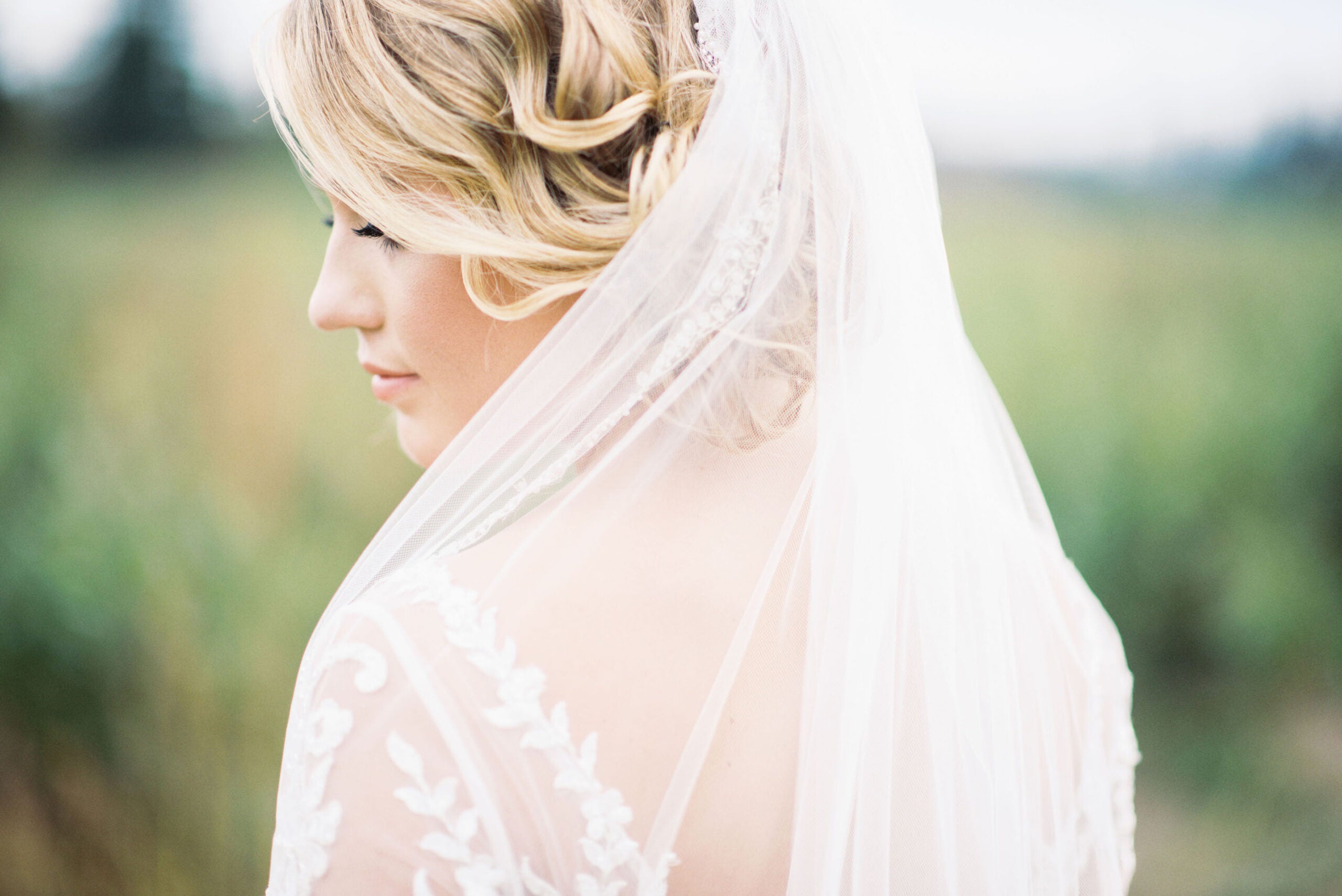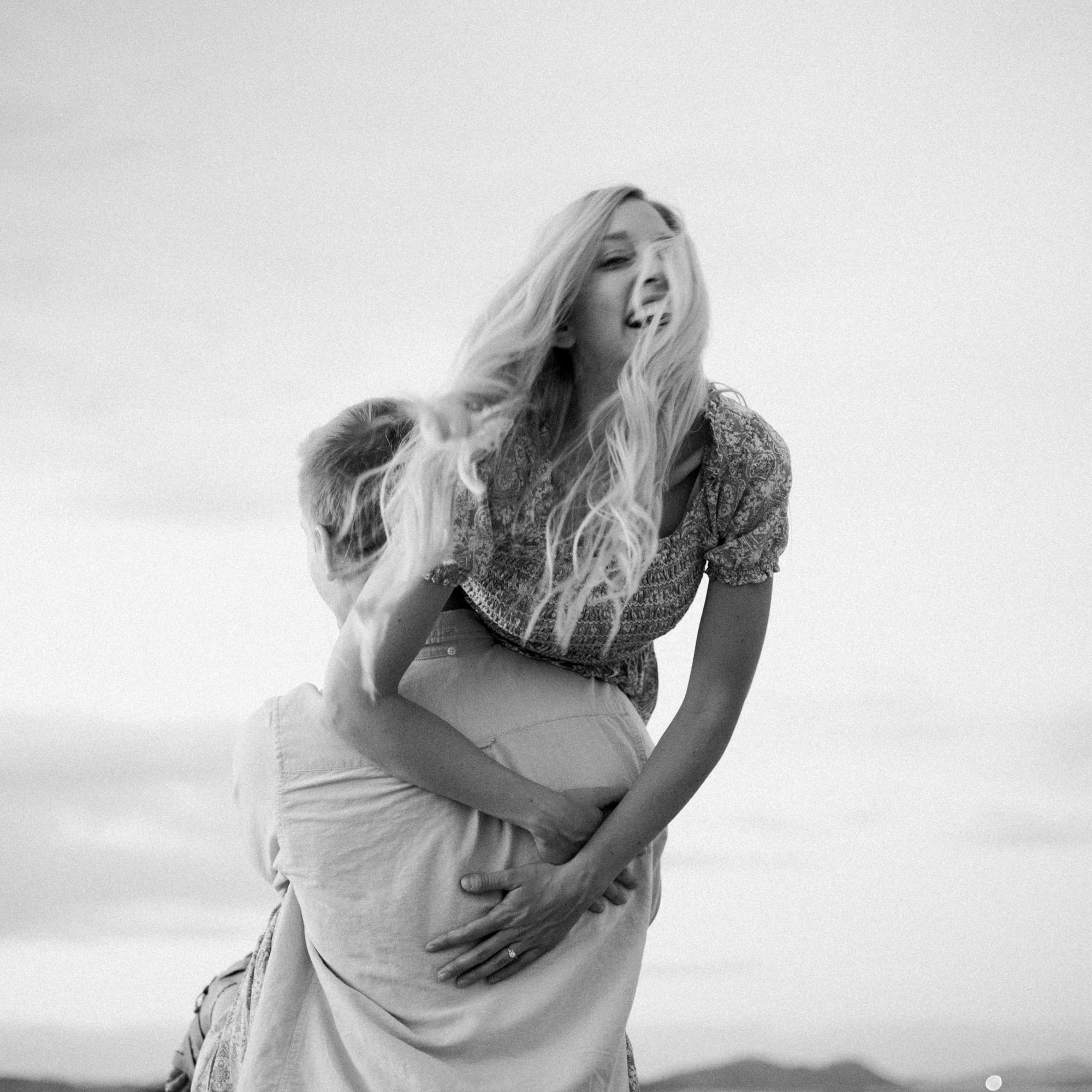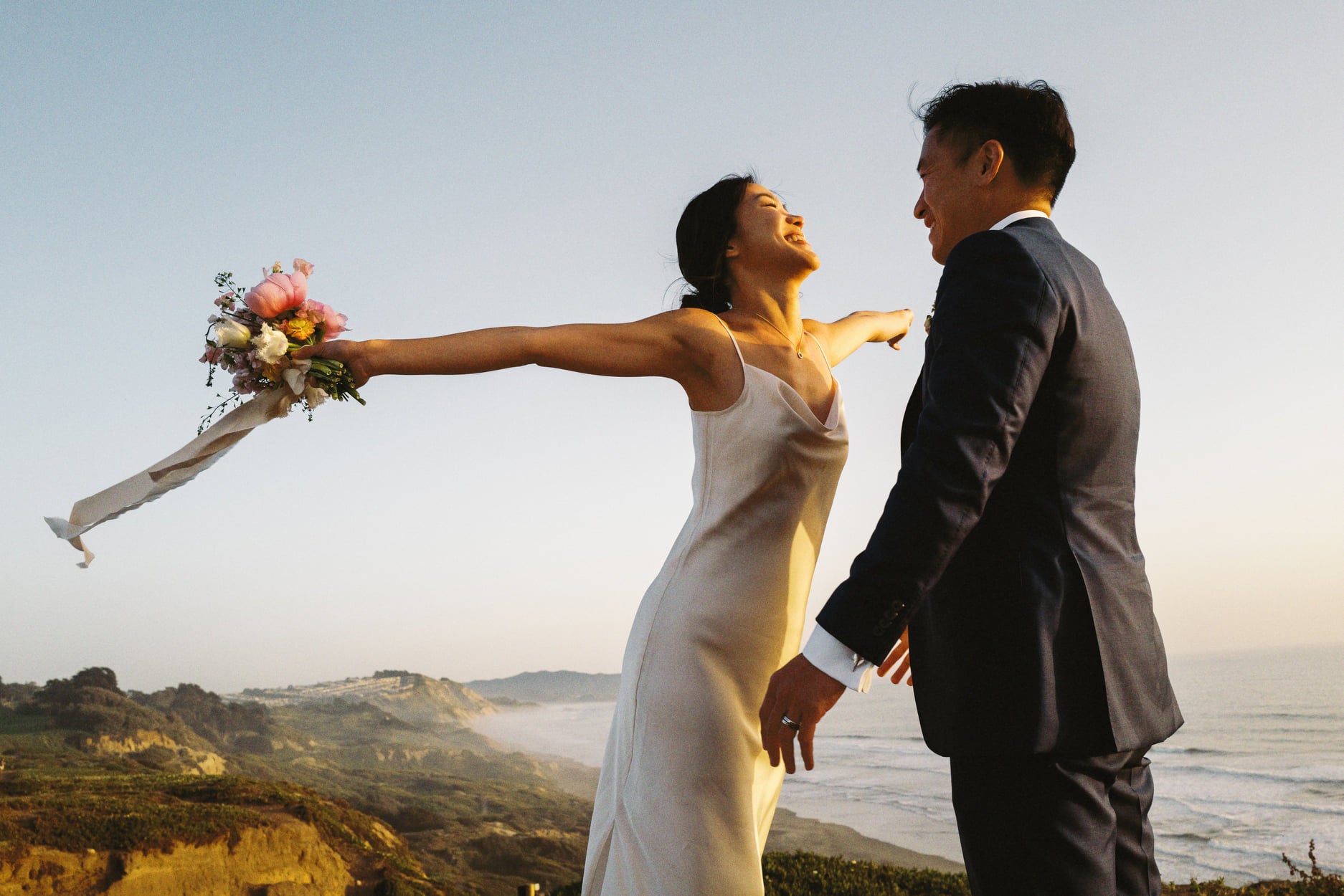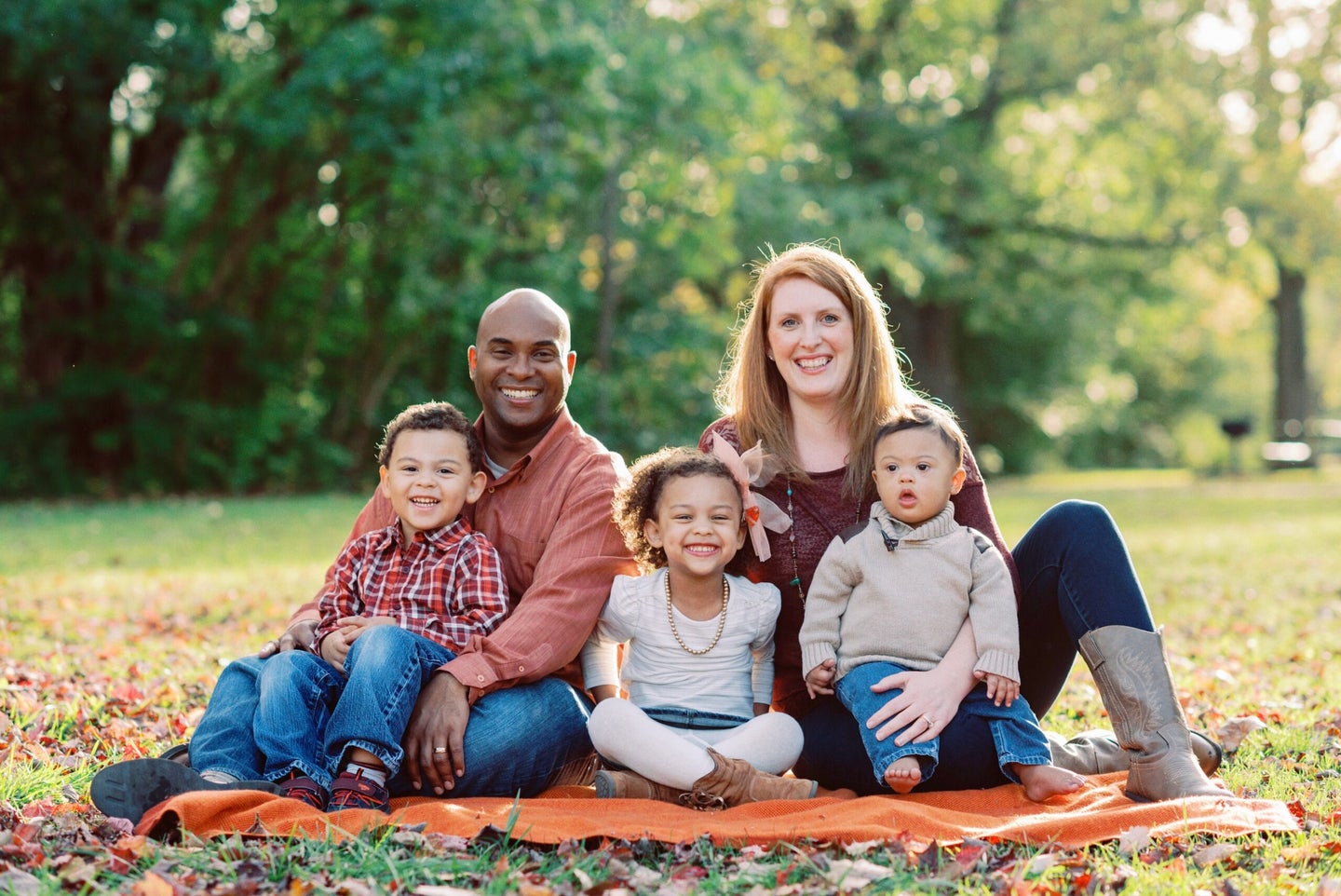Analog photography has been experiencing a renaissance over the past several years, yet despite an increase in demand, film prices are sky high and availability is scarce. Luckily, there are plenty of ways to edit digital photos to look like film.
We chatted with portrait photographer and editor Dustin Stockel, who started The Archetype Process (TAP), a company dedicated to creating realistic emulations of classic film stocks in the form of camera profiles. Prior to founding TAP, Stockel worked as a photo editor in film labs and for private clients.
Profiles vs. presets

Related: Going back to film? Here’s what’s changed
There’s no lack of choice on the market when it comes to emulating film in post. Both Mastin Labs and Noble Presets have made names for themselves as some of the leading preset makers on the market. But how do presets differ from profiles? While both are intended to be applied to Raw files, they actually work in quite different ways.
Presets are exactly what they sound like. When using a Raw processing platform like Lightroom or Capture One, a preset is applied to an image or series of images with just a few clicks of the mouse. This automatically adjusts various editing parameters—like exposure, contrast, grain, etc.—within the platform to mimic a specific film look. Once applied, these parameters can be dialed back down (or up) as the user wishes.
Color profiles, on the other hand, are generally applied to images right after they’ve been ingested and before any edits are applied. In most Raw processers, users select a color profile from the top right of the edit panel before fine-tuning their shots with the various parameters available. Working with a film-emulating color profile, right from the start, offers users the advantage of potentially being able to dial in a more nuanced celluloid look, more quickly, compared to presets alone.
Both are effective options in your editing workflow, though, and combining them might be the missing piece to the aesthetic that just one or the other won’t provide. In addition to TAP, other analog-mimicking profiles include Digistock’s Kodachrome and The Digital Darkroom’s Chroma and Aero Infrared, among others.
Get to know the film you want to emulate
This might feel like a no-brainer, but Stockel notes that it is a common error. To accurately recreate the film look, you’ll ideally want to shoot some film first. If you don’t know how your preferred film stock responds in a given situation, it will be difficult to emulate it digitally or know if you’re on the right track. Though shooting film will require an investment of time and money, familiarizing yourself with the stocks you want to work with can save you frustration in the long run.
“Understanding the process of working with a film lab and getting film scans back that [you] like goes right along with that,” he elaborates. “Another mistake I see is thinking that a specific film has a locked-in or predefined look. In reality, there are so many variables that the photographer and lab control that are actually responsible for that look.”

Tips to edit pictures to look like film
When testing film, it’s important to make sure the shooting conditions you’re experimenting in match those you’ll likely be working in. “The biggest thing a photographer can do to recreate the look of film scans is to shoot the same way or in a similar way that they would shoot film,” Stockel shares. “More specifically, shoot in the same amount and quality of light.”
Another thing he recommends is to understand that a film stock doesn’t have a predefined “look.” Depending on how it’s shot, a film stock can produce a wide range of results. TAP’s profiles are meant to give photographers leeway to achieve any of the diverse options possible. Applying a profile or preset will put you in the ballpark of where you want to be, but then it’s up to you to dial in the settings to get the exact look you’re after.

The 1, 2, 3 process
Often, Stockel will advise photographers on what he calls the “1, 2, 3 process.” Step one is the vision. What are you trying to create? Once you have an idea, you can then move to step two. Think about how you’ll record all the information required to achieve the look. This includes the cameras, lenses, location, light, and the exposure triangle, just for starters.
When looking to emulate film in post, it’s best to capture Raw files that contain as much exposure information as possible, which is why your exposure parameters in step two are so important. When in doubt Stockel recommends underexposing an image rather than overexposing.
“I don’t think there’s anything unique to shooting to emulate film that needs to be done,” Stockel says. “Simply exposing to the right is still the best overall way to record the data needed to get the look that one wants.”
The last step is where profiles come in. Now that you’ve got a Raw photo with plenty of exposure data, it’s time to pick your profile, make your adjustments, and see your analog-emulating vision through.
The post How to edit your digital photos to look like film appeared first on Popular Photography.
